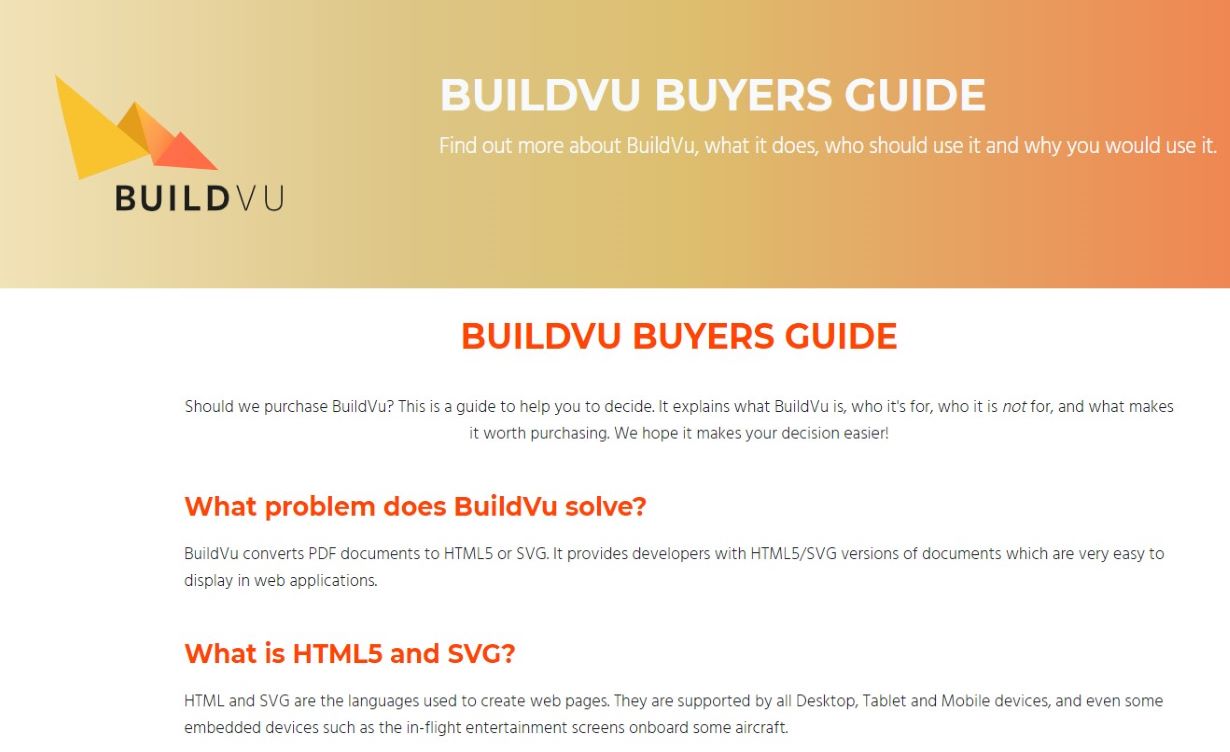We have been working on creating a series of Buyers Guides for our 4 products. In this article, I will talk about why it is worth having a buyers guide, what to include in a Buyer’s Guide and what the process of writing a buyer’s guide looks like.
Why write a Buyer’s Guide?
Writing a buyer’s guide had been in our wishlist for a while now as we realised how important it could be for prospects. We wanted it to succinctly explain who our products are for, who they are not for and what makes them worth purchasing.
By asking and answering these qualifying questions, the buyer’s guide could be used as a resource that explains our products’ key features and the value they provide in a practical way, understandable by people with different levels of technical knowledge (in contrast with our main sales pages, which are oriented for developers who will use our products first hand).
The process
The first step of the process for us was to decide how the buyer’s guide could serve a different purpose than the main sales page and which tone would match that different objective. One of our first inspirations was Tuple.
After that, it was a matter of deciding on the structure, and in particular, how to best highlight what distinguishes our products and makes them worth purchasing.
Much of the inspiration for the buyer’s guides came from a big positioning exercise we have been doing for our website based on the work of April Dunford. We have multiple copies of her excellent book Obviously Awesome: How to Nail Product Positioning so Customers Get It, Buy It, Love It.
Between those steps and the final product, there was a lot of scrutinising and reviewing, mostly the content but also how to present it. We wanted the buyer’s guides to reflect how much development has gone into these products to make them efficient in fixing certain pain points.
What to include in a Buyer’s Guide?
The structure of our Buyer’s Guide includes :
- An explanation of which pain points each product solves
- Context to why prospects might have come across that pain point
- General features of the product
- Competitor’s alternatives and how they fail to solve the pain points
- What makes our products a more viable option for solving those pain points
- What happens if once your licence runs out
- How you can trial the product for free, for 14 days
- A link where the prospect can read independent reviews
We have roughly based the structure of our buyer’s guide on April Dunford’s Sales Narrative Template so if you want to find out more, you can download the template here. The fact that we had already used the positioning canvas, also available in the previous link, made it easy to complete steps 4 and 5.
Check out the finished products here:
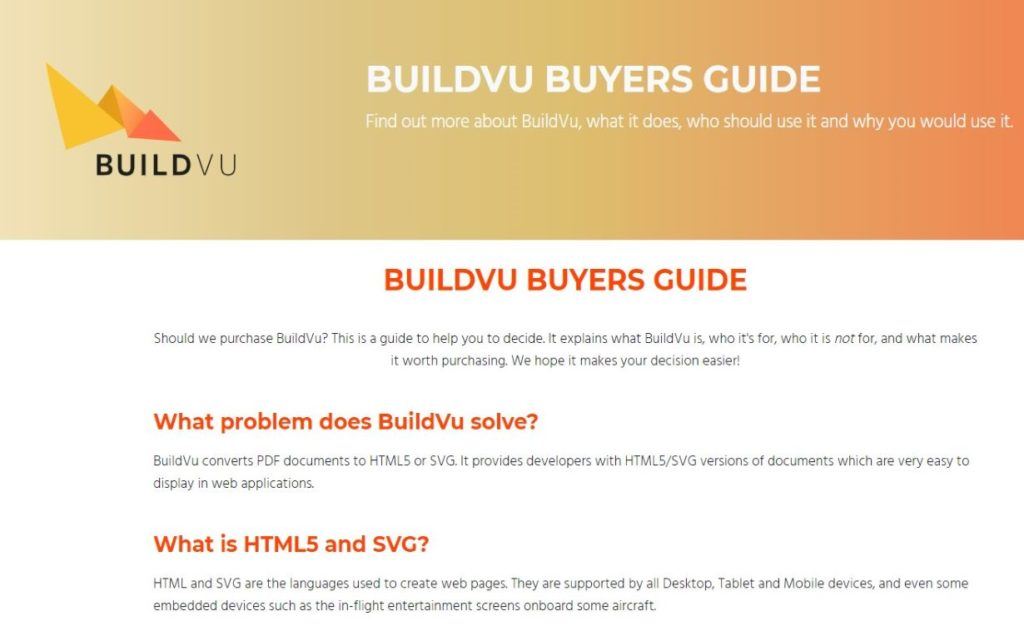 | 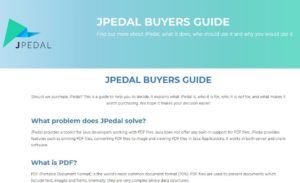 | 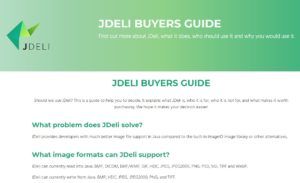 | 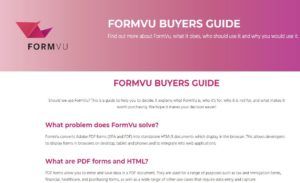 |
- Click here for the buyer’s guide for our PDF to HTML or SVG converter
- Click here for the buyer’s guide for our Java PDF Library
- Click here for the buyer’s guide for our Java Image Library
- Click here for the buyer’s guide for our PDF Forms to HTML converter
Our software libraries allow you to
| Convert PDF files to HTML |
| Use PDF Forms in a web browser |
| Convert PDF Documents to an image |
| Work with PDF Documents in Java |
| Read and write HEIC and other Image formats in Java |
